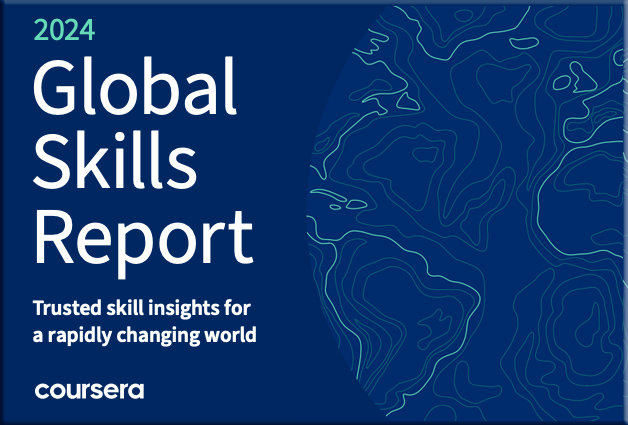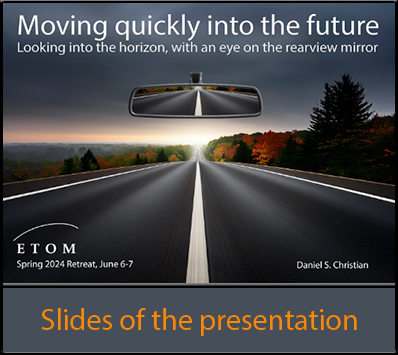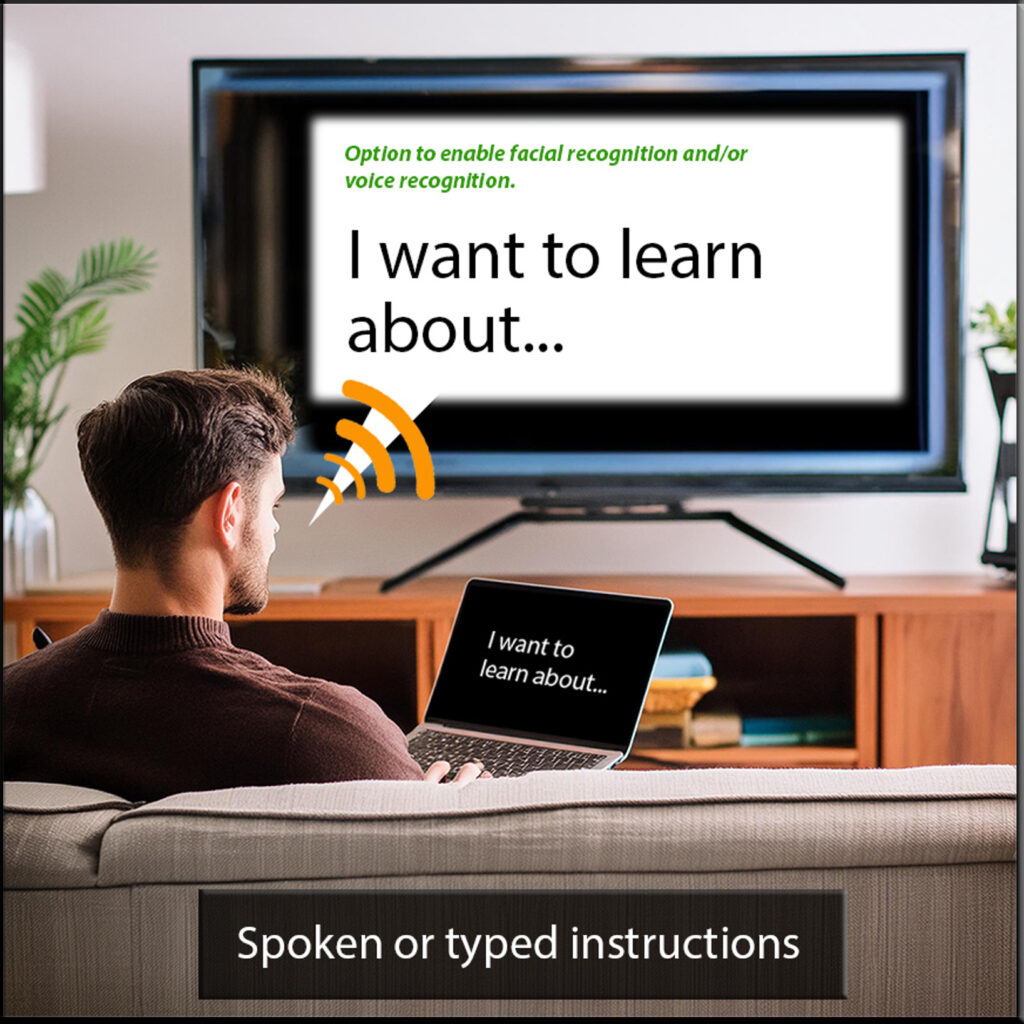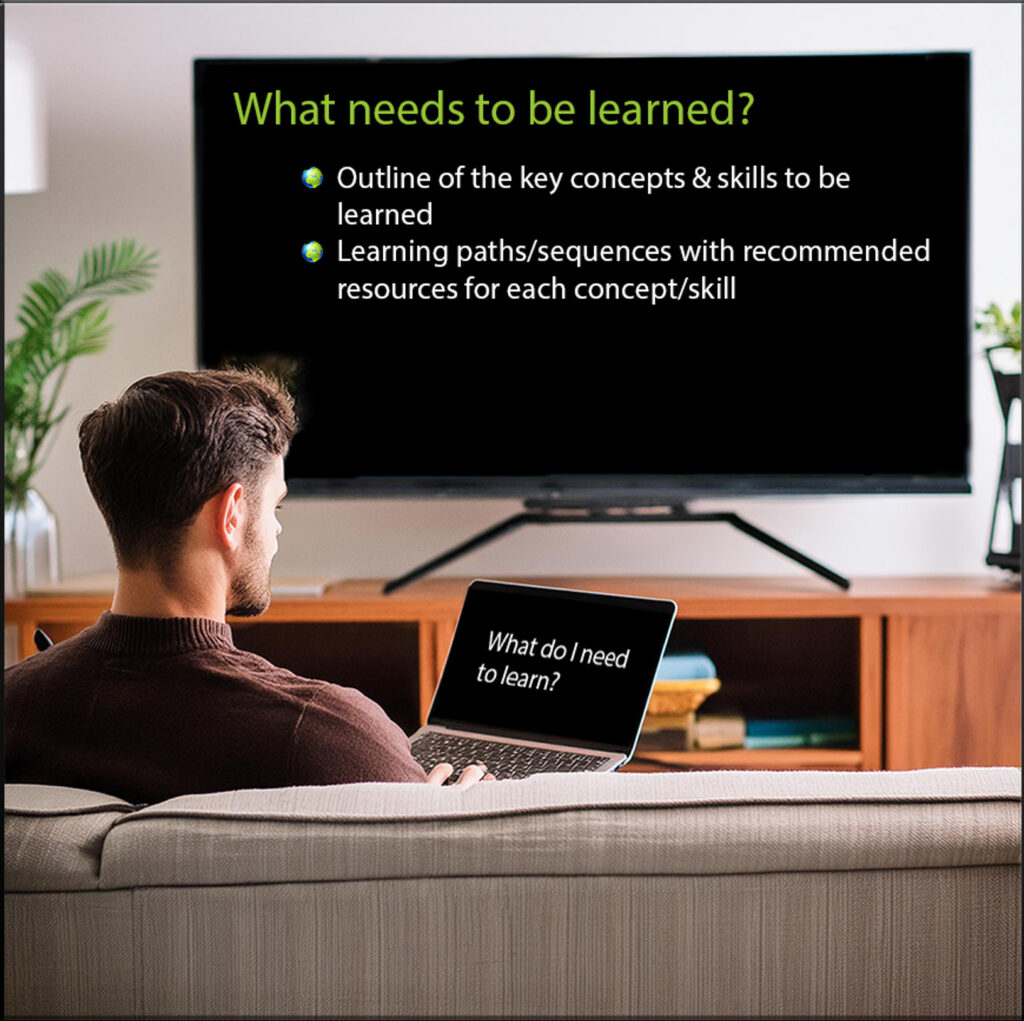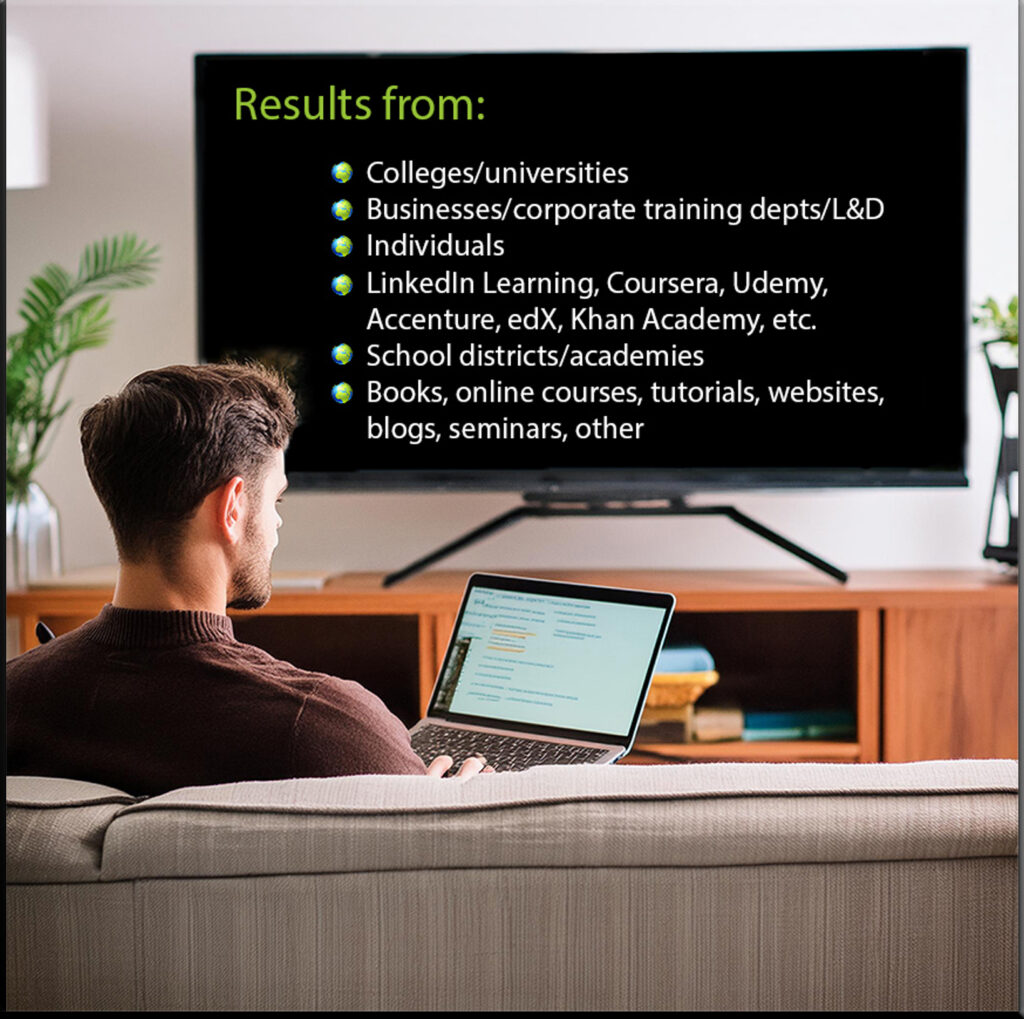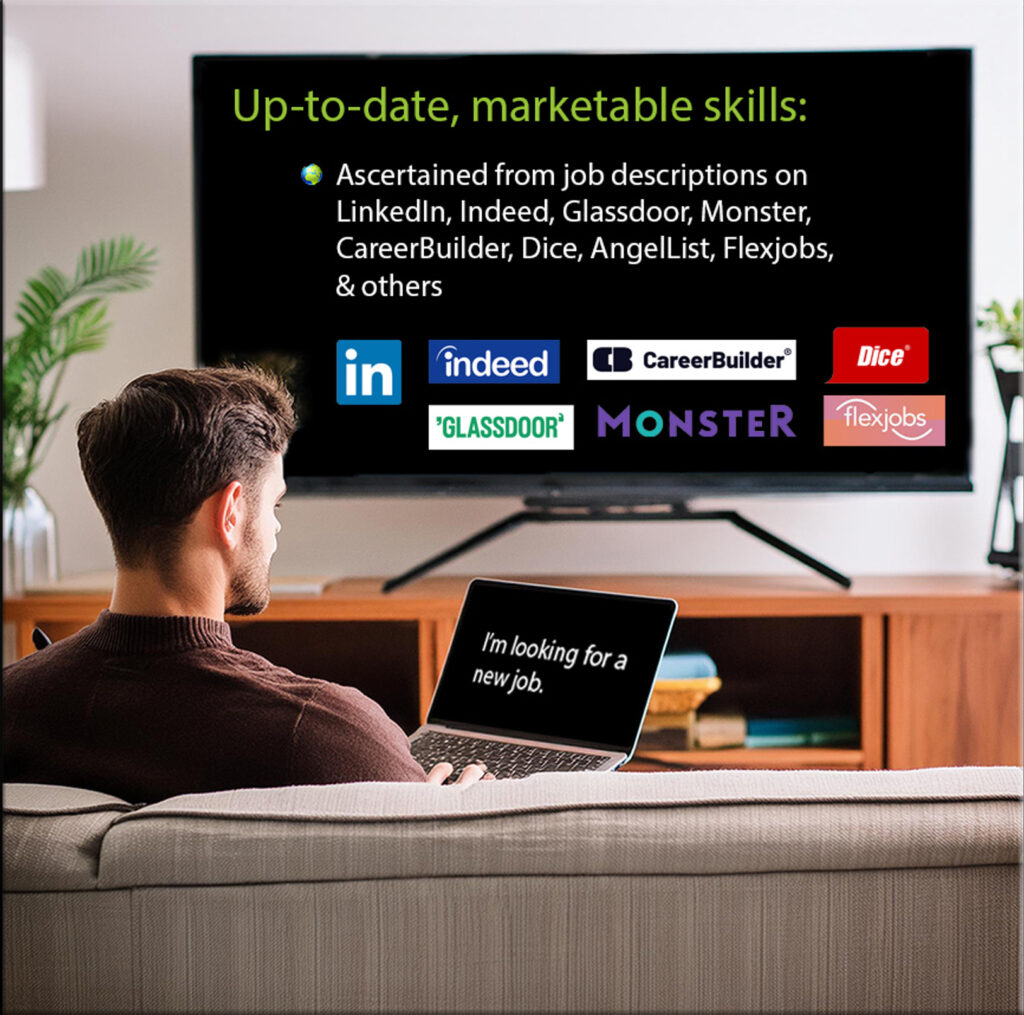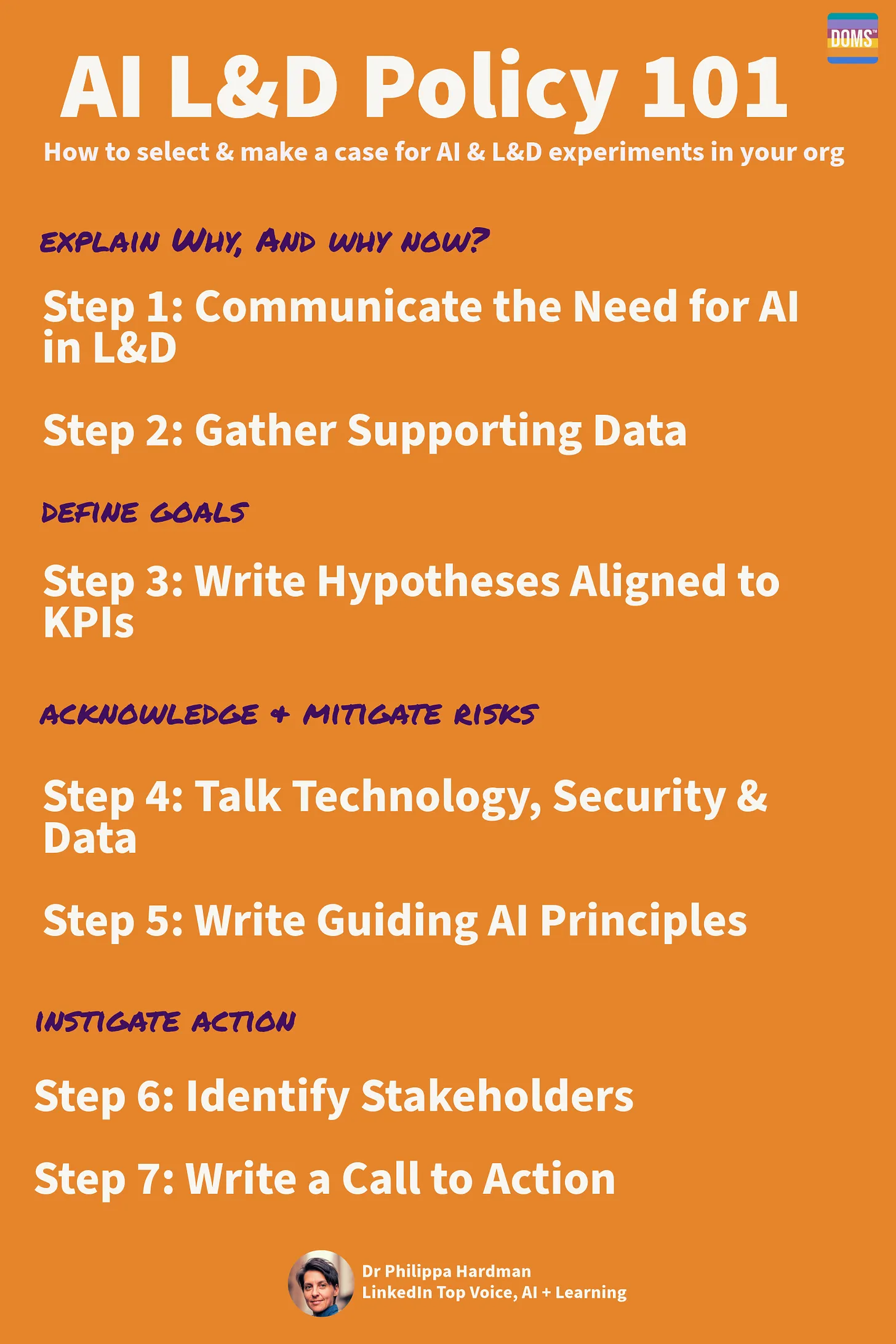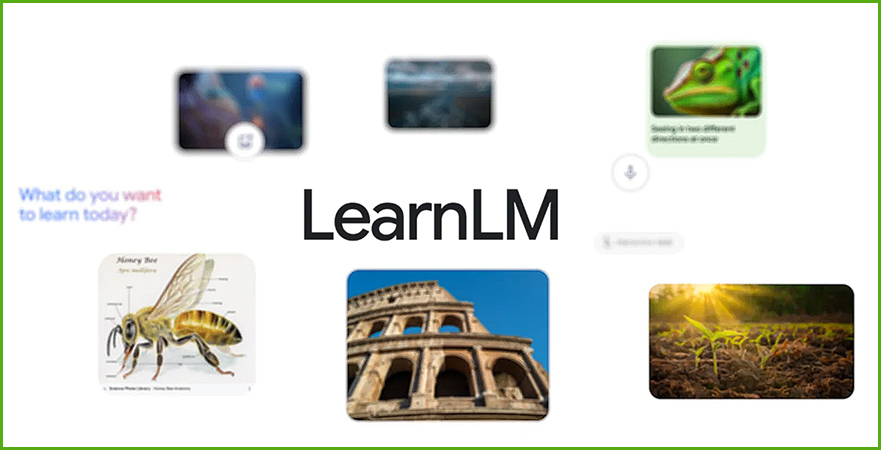Microschooling Movement’s Latest Wave of Major National Media Coverage — from microschoolingcenter.org by Don Soifer
Today’s microschooling movement continues to attract major coverage in national and local media outlets around the country. This week saw important new feature articles highlighting microschools in two of the most influential.
The New York Times ran this piece by its lead national education reporter Dana Goldstein, who visited several Georgia microschools and conducted research and interviews with leaders there and around the country. “…The appeal goes beyond the Republican base and includes many working- or middle-class Black and Latino parents — especially those whose children are disabled, and who feel public schools are not meeting their needs,” the article found. The National Microschooling Center was pleased to see several of the Times’ explanations and background about our exciting movement cited in our own published research.
Also relevant, see:
Maine’s Microschooling Movement: As New Wave of Schools Launch, Many Old Ones Are Redefining Themselves — from the74million.org by Kerry McDonald; via GSV
McDonald: Founders across the state see a growing movement toward smaller, simpler, more holistic educational models.
It’s part of a growing trend, both in Maine and nationally, of new schools and spaces offering smaller, more individualized, more flexible learning options that parents and teachers desire. Many of these programs, including School Around Us, are part of the VELA Founder Network that supports alternative education environments across the U.S. with grants and entrepreneurial resources.
According to the new Johns Hopkins UniversityHomeschool Hub, homeschooling numbers now hover around six percent of the total K-12 school-age population, a dramatic increase from pre-pandemic estimates. Maine has seen its homeschooling numbersremainhigh since 2020.
Public Schools Violate Their Sacred Mission When They Turn Students Away — from the74million.org by Tim DeRoche
DeRoche: There needs to be more legal oversight of school and district enrollment policies to ensure that public education is truly open to all.
Some readers may be surprised to learn that many U.S. high schools deny entry to legally eligible students. It is, after all, conventional wisdom that public schools are open to all families and that they eagerly seek to serve all potential students.
…
Available to All launched in early 2023 as a nonpartisan watchdog defending equal access to public schools. We have documented many cases in which schools turn away students, either unfairly or illegally, based on discriminatory criteria…
Families should have the legal right to apply to any public school, and the school should be required to publish a formal letter of denial if a child is rejected, explaining the legal basis for the decision. Every public school should be required to publish application and enrollment data, and every American family should have the right to appeal denial of enrollment to a neutral third party (as families already do in a handful of states, including California and Arkansas).
And speaking of homeschooling…
Outschool Launches Courses to Support Increased Interest in Homeschooling and Alternative Education — from prnewswire.com by Outschool
SAN FRANCISCO, June 19, 2024/PRNewswire/ — Leading online learning platform, Outschool announced today the launch of Courses, new classes and features designed specifically for homeschool and alternative education families. Outschool’s Courses is designed to empower homeschooling families and power-users of Outschool to craft their own individualized education with expert teachers, unique and engaging classes, easy scheduling, and progress tracking. Outschool Courses has been created to help families put their learner’s unique educational needs first.
A Record Number of Kids Are in Special Education—and It’s Getting Harder to Help Them All — from wsj.com by Sara Randazzo and Matt Barnum (behind a paywall)
What’s driving a rise in special education: pandemic disruptions, a shrinking stigma
More American children than ever are qualifying for special education, but schools are struggling to find enough teachers to meet their needs.
A record 7.5 million students accessed special-education services in U.S. schools as of 2022-2023, including children with autism, speech impairments and attention-deficit hyperactivity disorder. That is 15.2% of the public-school student population…
From DSC:
For anyone who really believes that teaching is easy, try attending a few Individualized Education Plan (IEP) meetings. You’ll be blown away about how intricate and challenging teaching can be.











